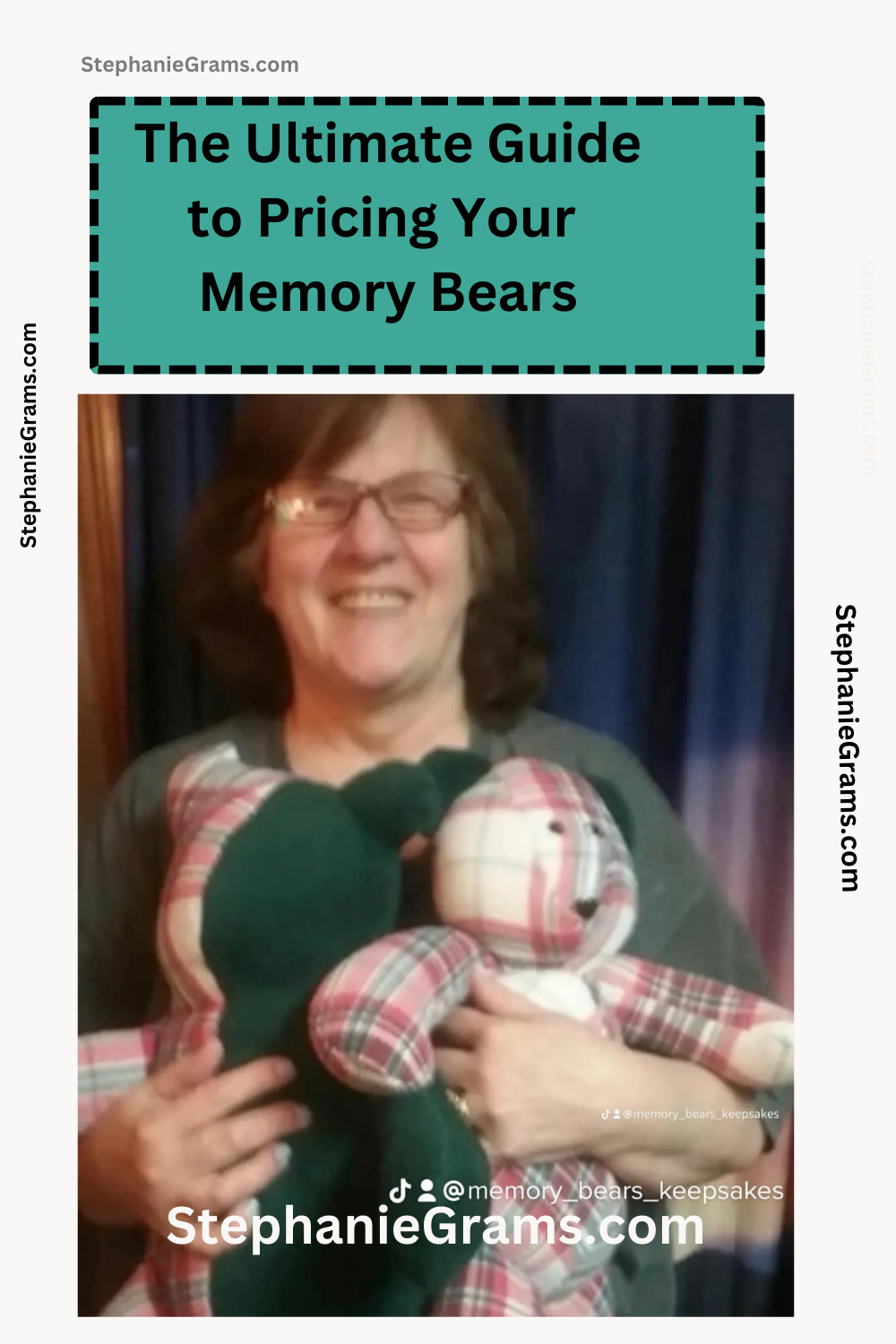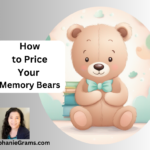The Ultimate Guide to Pricing Your Memory Bears in 2024
Pricing your memory bears requires a thoughtful approach that considers various factors, including materials, labor, market demand, and perceived value. Here’s a comprehensive guide to help you establish the right pricing for your memory bears:
**1. Cost Calculation:**
Begin by calculating the total cost of producing each memory bear. This should include the cost of materials such as fabric, stuffing, accessories, and any embellishments. Factor in direct labor costs, including the time it takes to cut, sew, and finish each bear.
**2. Time and Labor:**
Estimate the amount of time it takes to create a single memory bear. Consider your hourly wage or the wage you would pay someone else to create the bear. This should account for the expertise and skill required for your unique designs.
**3. Overhead Costs:**
Include overhead costs in your pricing. Overhead costs may encompass utilities, workspace rent, equipment maintenance, and any other indirect costs associated with running your business.
**4. Market Research:**
Conduct market research to understand the pricing landscape for memory bears in your region or niche. Analyze the pricing strategies of competitors and identify where your bears fit in terms of quality, customization, and unique features.
**5. Perceived Value:**
Consider the perceived value of your memory bears. The emotional value associated with memory bears can be significant. If your bears are created from sentimental clothing, emphasize the sentimental value in your marketing and pricing strategy.
**6. Customization Options:**
If you offer customization options, such as personalized embroidery, accessories, or specific design elements, factor these into your pricing. Customers are often willing to pay more for unique and personalized features.
**7. Quality of Materials:**
The quality of materials used can impact pricing. If you use high-quality fabrics, embellishments, or accessories, highlight these features in your marketing and adjust your pricing accordingly.
**8. Pricing Tiers:**
Consider offering different pricing tiers based on the complexity of the design or the size of the memory bear. This allows you to cater to different customer budgets and preferences.
**9. Wholesale and Retail Pricing:**
If you plan to sell your memory bears through retailers or online marketplaces, establish both wholesale and retail pricing. Ensure that your retail prices cover the costs of production and provide a reasonable profit margin.
**10. Profit Margin:**
Determine the profit margin you aim to achieve. This should be a percentage that allows for business growth, reinvestment, and sustainability. Be mindful of achieving a balance between competitiveness and profitability.
**11. Seasonal Considerations:**
Consider seasonal demand when setting prices. You may adjust your pricing strategy during peak seasons or offer promotions during slower periods to stimulate sales.
**12. Transparent Pricing:**
Be transparent about your pricing. Clearly communicate what is included in the price and any additional costs for customization. Transparent pricing builds trust with customers.
**13. Test Pricing:**
Consider testing different price points to gauge customer response. This can involve offering limited-time promotions or introducing new pricing structures to observe customer behavior.
**14. Bundle Deals:**
Explore the possibility of offering bundle deals, especially if customers order multiple memory bears. This can incentivize larger purchases and increase the overall value of each transaction.
**15. Reevaluate Periodically:**
Regularly review and reevaluate your pricing strategy. As your business evolves and market dynamics change, be open to adjusting your prices to stay competitive and ensure profitability.
**16. Legal and Ethical Considerations:**
Ensure that your pricing complies with legal and ethical standards. Avoid deceptive pricing practices and clearly communicate any additional fees or charges to customers.
Remember, pricing is not a one-size-fits-all approach. It requires continuous assessment and adjustment based on market conditions, customer feedback, and the evolving needs of your business. By carefully considering these factors, you can establish a pricing strategy that reflects the value of your memory bears while meeting the expectations of your target market.
***
Click the link [here] to embark on your keepsake business journey with confidence! Don’t miss out on this opportunity to build a thriving business while staying ahead of the curve.






